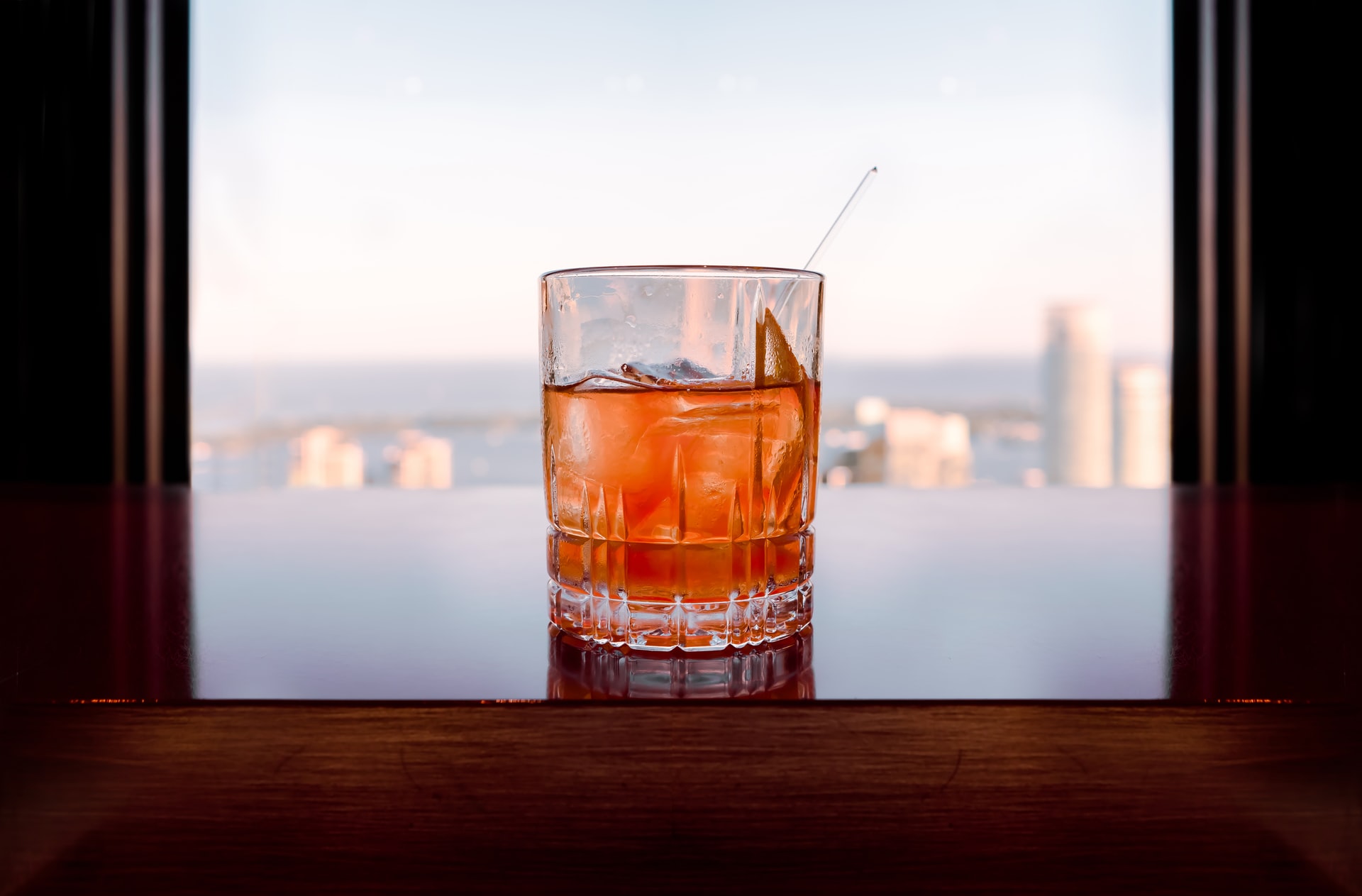Moderation Movement: Damp January
by David Klemt

Move over, Dry January, there’s yet another alternative to “traditional” alcohol consumption at the start of a new year.
As we know, Dry January consists of abstaining from drinking any alcohol for 31 days. Also known by the awkward name Dryuary, this annual practice continues to gain popularity.
However, not everyone is comfortable with this all-or-nothing approach. Instead, there are those who want to try Damp January.
What is It?
You’re likely already guessing how Damp January works. Rather than abstinence, participants practice moderation.
Generally speaking, that’s it—it isn’t a complex concept. However, there are many approaches to Damp January.
Some people set hard limits for themselves. For example, a wine drinker may resolve to only consume three glasses of wine per week. A beer drinker may choose to only have two beers from Monday through Friday.
Another approach is to determine how many full alcohol drinks one consumes on a weekend. Then, they decide to reduce that consumption by 50 or 75 percent.
However one chooses to participate in Damp January, the goal is reduction and moderation.
Is this a Fad?
In a word, no. Whatever label is put on it—moderation, sober curious, reduction—many consumers are looking to drink less alcohol.
Dry January was once seen as a fad. Instead, it’s safe to say it’s much closer to being mainstream.
Of course, time will tell if Damp January will earn as much buy-in as its abstinence-focused counterpart.
However, it’s easy to see how Damp January may become long-term behavior for some consumers.
What Does this Mean for Operators?
There are those who simply want to be more mindful of their alcohol consumption. Their goal isn’t to stop drinking alcohol, it’s to make lifestyle changes and reduce their drinking.
Sift through social media, forum and blog posts, and articles on the subject, and you’ll come across interesting motivations for moderation. In many cases, people point to alcohol playing a role in their social lives.
Of course, that means drinking with friends, coworkers, and family members at restaurants, bars, and nightclubs. They simply want to consume less alcohol per visit.
This doesn’t have to present as a threat to operators. The increasing popularity of alcohol-free beers, zero-proof spirits, and low-ABV options can prove profitable for a restaurant or bar’s bottom line.
Guests who making the decision to not consume alcohol or seek out low-proof options still want to socialize. They still want to visit bars and restaurants. More importantly, they want to feel comfortable in their choice.
So, it’s up to operators to ensure Damp and Dry January guests don’t feel alienated or mocked for reducing or abstaining from drinking. Providing low- and zero-proof drinks—and highlighting them on menus—shows these guests they’re welcome and supported.
Additionally, it’s crucial that these guests receive the same level of service and presentation as other people at your bar or restaurant. A little thought to make sure they’re treated the same will go a long way.
Image: Mathew MacQuarrie on Unsplash
